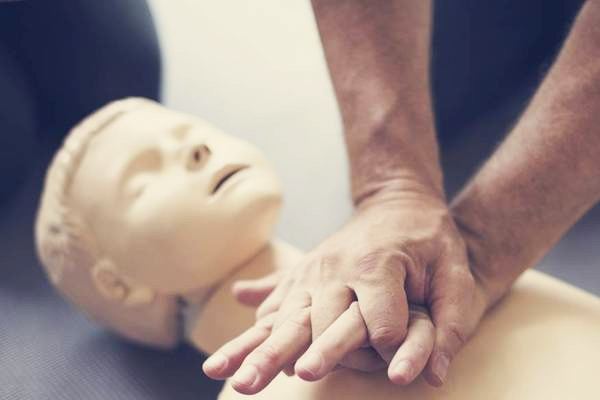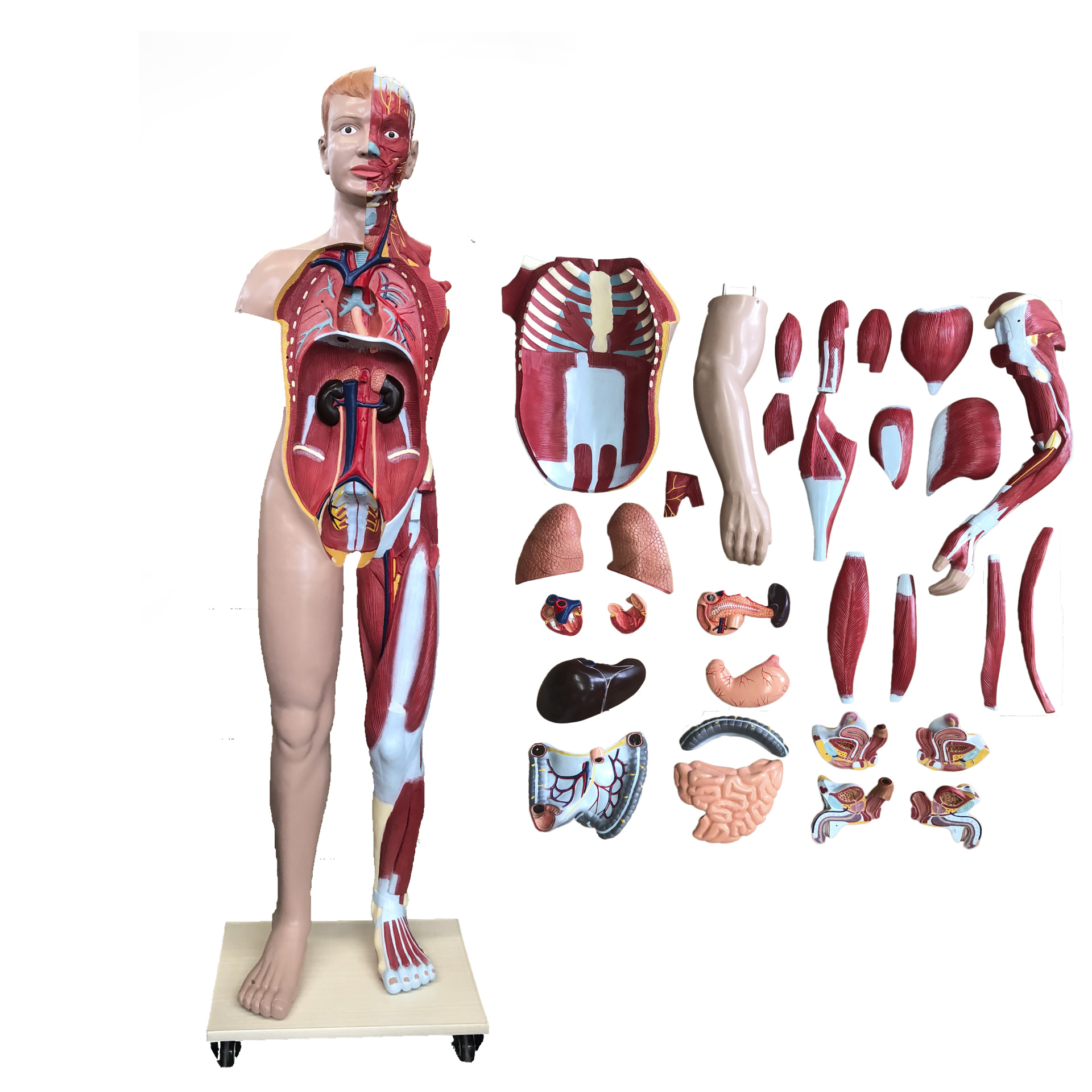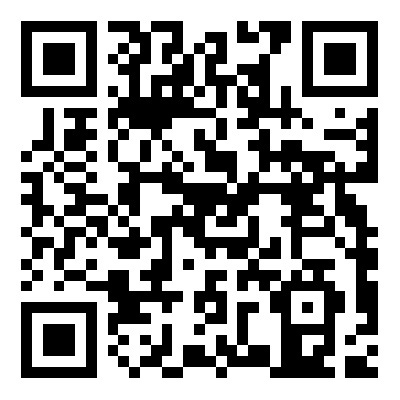Emergency simulation, the basic principles of on -site emergency rescue
Release time:
2018-03-18
Basic principles of emergency rescue on -site: Safe first and then cure injuries. When dealing with the wounded, first deal with the urgency and serious wounded of life, and then deal with minor injuries.
Basic principles of emergency rescue on -site: Safe first and then cure injuries. When dealing with the wounded, first deal with the urgency and serious wounded of life, and then deal with minor injuries. That is, the first, then the heavy, then the first, then the light, and the wounded who can survive the first aid from outside the hospital to survive the rescue in the case of less emergency and then light. Based on the scene of the incident, relying on the "first rescuer" to implement the preliminary preliminary rescue of the wounded patients with the correct, timely, advanced, and effective preliminary rescue, and striving for time to create conditions for the hospital's treatment, which is essential for saving life and reducing disability.
Steps of first aid simulation, cardiopulmonary resuscitation:
1. Observe the environment: Observe the surrounding environment, you need to implement cardiopulmonary resuscitation in a safe environment.
2. Judgment consciousness: Call the patient with both hands and call the patient loudly to observe whether there is any response.
3. Holly call for help: request the rescue to help the rescue. If possible, carry the defibrillation instrument and specify a person to call 110.
4. Flip position: Quickly place the patient in the supine position and put it on the ground or hard board.
5. Determine whether the patient has breathing: By observing whether the chest is ups and downs to judge the breathing for 5 to 10 seconds.
6. If there is an automatic defibrillation instrument beside you: You should quickly use the instrument for electro -defibrision.
7. Pressing the heart of the chest: press the part, the two nipples are connected to the midpoint; the depth of the press, the adult at least 5cm; the frequency of pressing, the adult 100 to 120 times/minute.
8. Artificial breathing: Raise your head up and open the airway until the nostrils are facing the sky, pinch your nostrils and wrap your mouth tightly to the lungs and blow up to the chest. It will take 1 second to blow the air, and it will be completed within 10 seconds of breath.
Precautions for cardiopulmonary resuscitation: The proportion of compressors and artificial breathing of the chest and heart of the chest is 30 to 2, that is, after 30 presses, perform 2 artificial respiration as a cycle. After five cycles of the feet Continue the cardiopulmonary resuscitation until the doctor was present.








